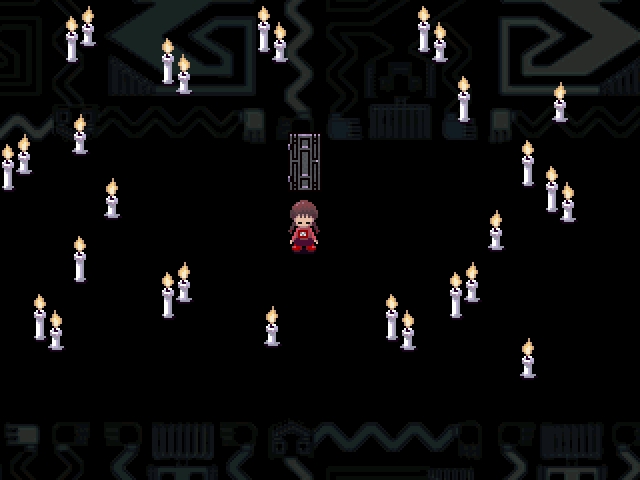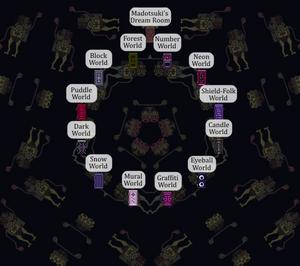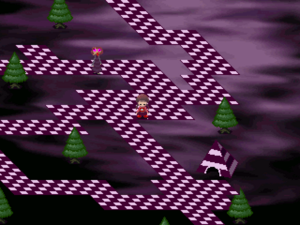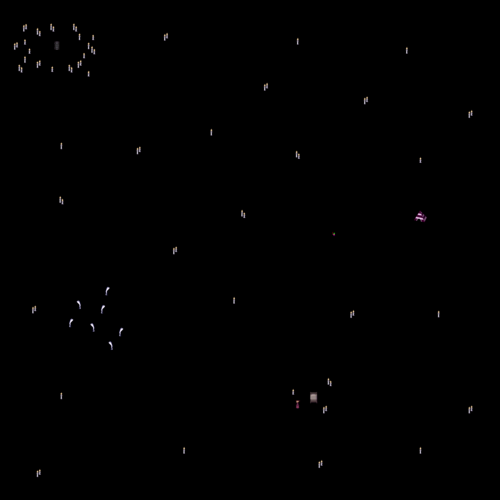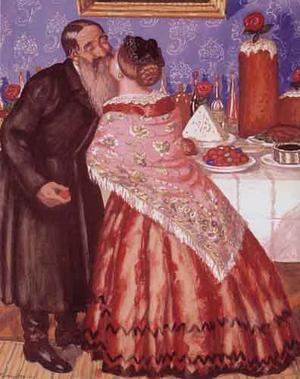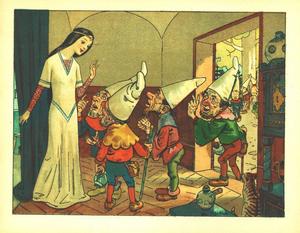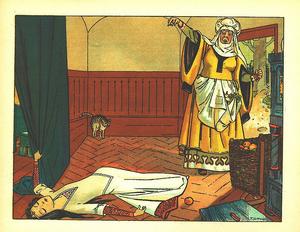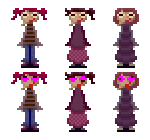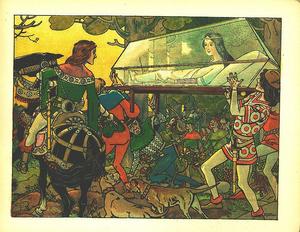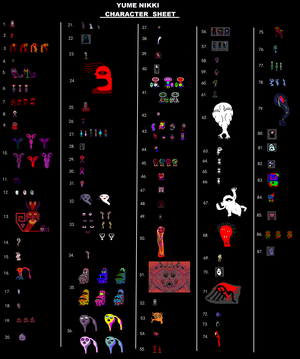>Mt.kiki No edit summary |
>Mt.kiki No edit summary |
||
| Line 108: | Line 108: | ||
==Candle world(Pyramid)== | ==Candle world([http://en.wikipedia.org/wiki/Pyramid Pyramid])== | ||
The candle was used around B.C. 1550 In [http://en.wikipedia.org/wiki/Ancient_Egypt Ancient Egypt]. | The candle was used around B.C. 1550 In [http://en.wikipedia.org/wiki/Ancient_Egypt Ancient Egypt]. | ||
| Line 148: | Line 148: | ||
[[File:Paskhakustodiev.jpg|thumb|Boris Kustodiev's Easter Greetings (1912) shows traditional Russian khristosovanie (exchanging a triple kiss), with such foods as red eggs, kulich and a white, triangular paskha in the background.]] | |||
==Candle world([http://en.wikipedia.org/wiki/Paskha_(dish) Paskha (dish)])== | |||
[[File:All_Gizah_Pyramids.jpg|thumb|left|The ancient pyramids of Egypt]]'''テーブルの上にピラミッド形のパスハ(左)とクリーチ(右)が描かれている。''' | |||
=====Kulich (right) are depicted pashka pyramidal (left) and on the table.===== | |||
http://ja.wikipedia.org/wiki/%E3%83%91%E3%82%B9%E3%83%8F_(%E8%8F%93%E5%AD%90) | |||
| Line 202: | Line 209: | ||
This practice was considered more effective when some portion of the victim's [http://en.wikipedia.org/wiki/Hair <u>hair</u>] or [http://en.wikipedia.org/wiki/Nail_(anatomy) <u>nails</u>] were added to the wax figure, thus strengthening the connection with its actual subject. | This practice was considered more effective when some portion of the victim's [http://en.wikipedia.org/wiki/Hair <u>hair</u>] or [http://en.wikipedia.org/wiki/Nail_(anatomy) <u>nails</u>] were added to the wax figure, thus strengthening the connection with its actual subject. | ||
[[Category:Name]] | |||
[[Category:Name]] | [[Category:Name]] | ||
Revision as of 11:03, 21 February 2013
Candle world(Candlemas)
The Presentation of Jesus at the Temple, which falls on 2 February, celebrates an early episode in the life of Jesus.
Other traditional names include Candlemas.
12 doors(The Twelve Great Feasts)
The feast of the Resurrection of Jesus, called Pascha (Easter), is the greatest of the feasts of the Eastern Orthodox Church.
In addition, there are other days of great importance in the life of the Church - the Twelve Great Feasts
| The Twelve Great Feasts | 12 doors | ||
|---|---|---|---|
| Pascha(Easter) | The Nexus | ||
| 1 | September 8, the Nativity of the Theotokos | (Undecidedness) | |
| 2 | September 14, the Exaltation of the Cross | (Undecidedness) | |
| 3 | November 21, the Presentation of the Theotokos | The Stairway to Sky Garden. | |
| 4 | December 25, the Nativity of Christ/Christmas | The Snow World | |
| 5 | January 6, the Baptism of Christ -- Theophany, also called Epiphany | Pink Sea | |
| 6 | February 2, the Presentation of Jesus at the Temple/Candlemas | The Candle World | |
| 7 | March 25, the Annunciation | (Undecidedness) | |
| 8 |
The Sunday before Pascha (Easter) -- Flowery/Willow/Palm Sunday |
(Undecidedness) | |
| 9 | Forty Days after Pascha (Easter) -- the Ascension of Christ | (Undecidedness) | |
| 10 | Fifty Days after Pascha (Easter) -- Pentecost | (Undecidedness) | |
| 11 | August 6, the Transfiguration | (Undecidedness) | |
| 12 | August 15, the Dormition (Falling Asleep) of the Theotokos | The Bed Room | |
Candle world(Pyramid)
The candle was used around B.C. 1550 In Ancient Egypt.
Pliny the Elder of the Roman Empire is in a work "Natural History"
It is describing that the candle was used in Egypt around B.C. 300.
Candle world(Paskha (dish))
テーブルの上にピラミッド形のパスハ(左)とクリーチ(右)が描かれている。
Kulich (right) are depicted pashka pyramidal (left) and on the table.
http://ja.wikipedia.org/wiki/%E3%83%91%E3%82%B9%E3%83%8F_(%E8%8F%93%E5%AD%90)
Candle world(Dwarf)
the Seven Dwarfs
Candle world(Toriningen)
The Queen
Candle world(Dream World Beds)
Candle world(Walking Candles)
The Middle Ages,erstition found expression in the formation of wax images of hated persons, into which long pins were thrust, in the confident expectation that thereby deadly injury would be induced to the person represented.
This practice was considered more effective when some portion of the victim's hair or nails were added to the wax figure, thus strengthening the connection with its actual subject.

